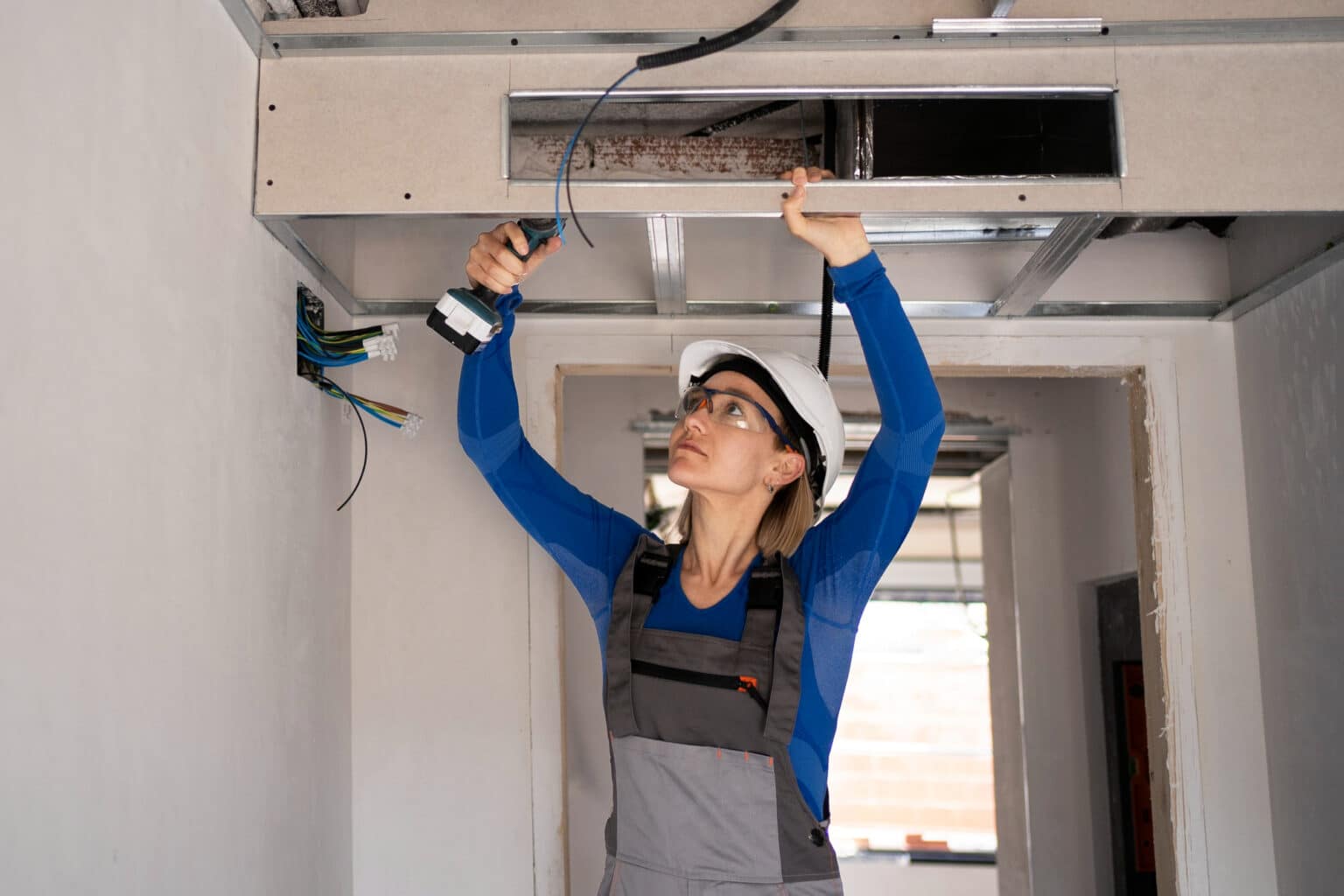The laws in Texas are among the most complicated in the country as they pertain to construction and liens to protect contractors, subcontractors, laborers, and material suppliers from non-payment issues in the commercial construction industry. Simply put, a mechanic’s lien is a legal tool available to assist construction contractors and subcontractors in protecting their payment rights on a job. A mechanic’s lien becomes a public record when filed with the official property records of the county where the work was performed. Once public, anyone can see that not all of the bills have been paid and that a debt is claimed against the property for unpaid work or materials, which makes it very difficult for the property owner to sell or refinance the property.
So, who can put a mechanic’s lien on a property? Anyone who has provided labor or materials on a construction project is eligible to file a lien in the event of non-payment. However, there are steps to take to qualify for your rights to file.
Notices are required
If you are a contractor or materials supplier on a Texas construction project, the law requires you to send a notice of intent to lien (or pre-lien notice) before filing a mechanic’s lien. In some circumstances, you can send them at the same time. However, if you do not send a pre-lien notice it may forfeit your rights to a mechanic’s lien altogether. The only individual exempted from sending a pre-lien notice is the general contractor working directly for the property owner.
Deadlines are critical
There are also stringent deadlines for filing pre-lien notices and mechanic’s lien affidavits. Missing a deadline for any of the prelien or mechanic’s lien paperwork will forfeit your lien rights on the property in question. It’s essential to familiarize yourself with the deadlines, which are outlined in detail here (deadline calculation).
Information is paramount
Specific information about your project is required for every step of the lien process and leaving any of it out will forfeit your mechanic’s lien filing rights. We recommend gathering the following information at the start of each project in preparation for possible lien paperwork.
- Project owner’s name (or company name) and last known mailing address.
- Project name and address of the project, including the county name.
- A legal description of the property (not always needed, but helpful if available).
- The amounts owed for each month you performed the work.
- The description of the work itself (this can be general).
- The original contractor’s (this is the general contractor) name and last known mailing address (if you are a subcontractor or sub-subcontractor)
Sub-subcontractors will also need the names and mailing addresses of every subcontractor involved above them on the project. This information is required to file both the prelien notice(s) and the mechanic’s lien affidavit.
Now that you know who can file a mechanic’s lien, the next step is learning how to file a mechanic’s lien. Although the process includes specific forms and delivery guidelines, and notarization of signatures – the overall process is actually quite easy with www.texaseasylien.com. And the best news? Although the mechanic’s lien is a legal tool – no lawyer is required to act.
Our website makes protecting your payment rights easy, and it’s all online. From determining who can file a mechanic’s lien to providing and filing all the necessary forms – we take care of it all. Get to know your lien rights – check out our comprehensive FAQ’s to answer the most common mechanic’s lien questions or use our chat feature to learn more.


